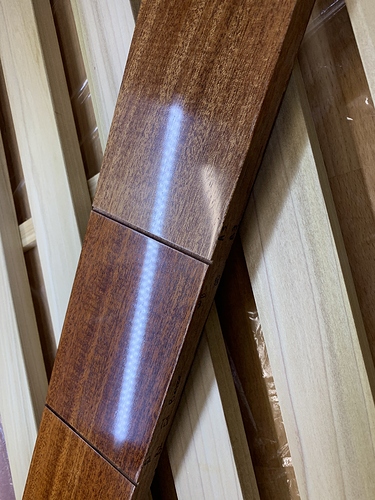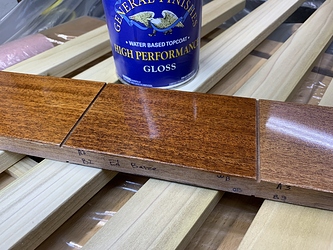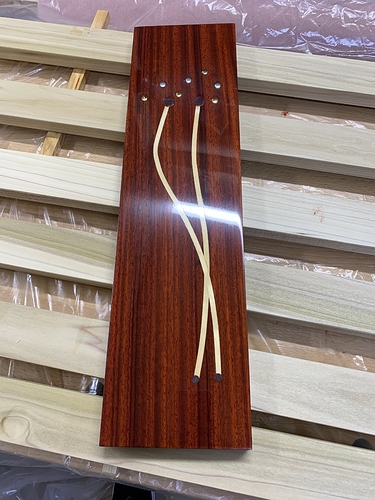Hi Travis,
Think automotive finishing, Yes, continue to sand up through the grits with wet/dry sandpaper: 400, 600, followed by Meguiar’s #1 Medium Cut Cleaner, wipe dry, Meguair’s #2 Fine Cut Cleaner, wipe dry, Meguair’s #9 Swirl Remover, wipe dry, Meguiar’s #7 Show Car Glaze, wipe dry. Allow 2-4 days & apply a paste wax. This will get you to a gloss finish. More steps for high gloss, fewer for satin. Use mineral spirits with wet/dry paper. Micromesh pads another good option. It all about removing finer & finer scratches with higher & higher grits, rubbing compounds, polishes.
This is from Palomar College CFT 195 Wood Finishing, credit Darren O’Hare.
I have done a lot of epoxy work for boat repairs & even building small kit boats.
Attached is an epoxy test piece I did with various color pigments on cherry.





